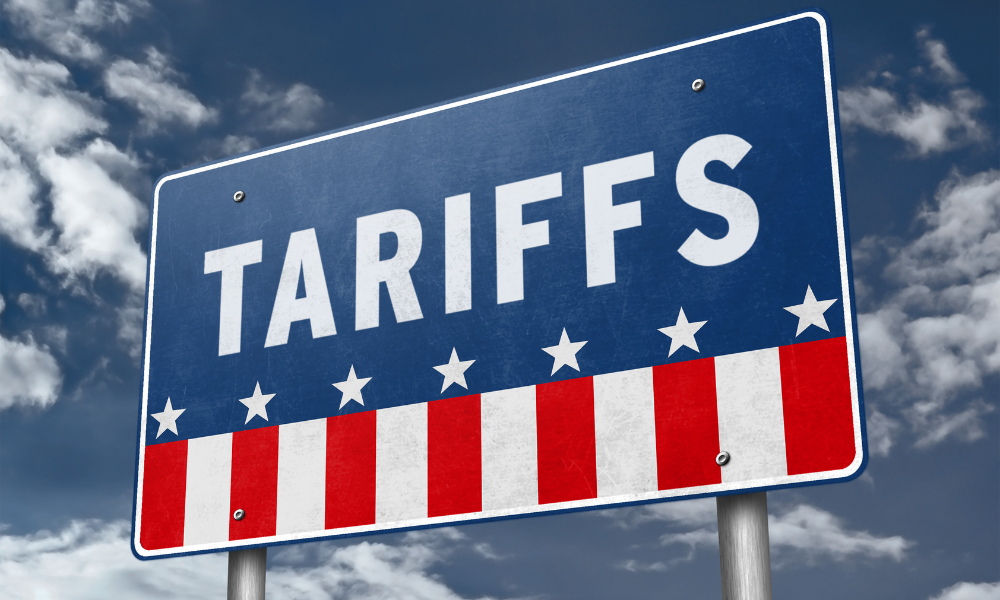As the yearly contribution deadline approaches, a tax expert breaks down RRSP strategy
.jpg)
It’s that time of year again as the Registered Retirement Savings Plan (RRSP) contribution deadline nears. For the more organised saver, they have already worked out a strategy. For some, though, it’s a painful look at how much they can afford to put aside.
Todd Sigurdson, director of tax and estate planning with Investors Group, breaks down some of the key aspects of an RRSP and when it’s best used.
The Concept
Sigurdson said: “The real benefits of an RRSP are that you can get a tax deduction for your contribution right now and then you get tax-deferred growth from your RRSP until such point in time that you take the funds out. Typically, you would want to turn that into a Registered Retirement Income Fund (RIFF) in your retirement and take a regular income out of it at that point in time.”
Celebrating our industry successes in the wealth management industry
Take it to the limit (or not)
March 1, 2018 is the deadline for your 2017 contribution, the limit for which was set at $26,010. The maximum amount you can contribute for 2018 is $26,230.
Sigurdson explained: “People often wait until the last moment before making an RRSP contribution and then they have to come up with a large lump sum. So one of the best strategies you can implement is to make regular contributions because it’s not only less painful at this time of year but you also get the advantage of a dollar-cost average if you make regular monthly contributions or quarterly contributions.”
Playing catch-up
You can carry over any unused RRSP contribution room that you have to the next year but obviously the sooner you pay in, the longer timeframe you have for the tax-free growth to occur. Sigurdson said that one strategy people can use is the RRSP loan as a way of playing catch-up.
“For example, say somebody had $20,000 of unused RRSP contribution room and they happen to have $10,000 to invest. If they are in a 50% tax bracket, they can take a $10,000 RRSP loan out and combine that with the $10,000 cash they have available to make a $20,000 RRSP investment. If they are in a 50% tax bracket, that would generate a $10,000 reduction in tax, which would typically be a $10,000 refund. Then that $10,000 refund can be used to pay off the RRSP loan.”
Smart strategy
Sigurdson urged investors to look at the portfolio to make sure they hold interest-bearing investments inside their RRSP because that, and rental income, are fully taxable, whereas if you are in dividend income or capital gains, they are tax-advantaged income.
He said: “It’s best you hold fixed-income investments inside your RRSP and investments that generate dividend income and capital gains in a non-registered portfolio. You want to ensure you invest wisely and structure your investment portfolio properly.”
Don’t dip in unless …
The danger is, in times of financial strife, you dive in to your RRSP to bail you out. However, Sigurdson recommends using a Tax-Free Savings Account (TFSA) as an emergency fund, which won’t incur tax consequences.
There are exceptions: if you’re a first-time home-buyer or going to school, you can make tax-free withdrawals under the Home Buyers’ Plan and under the Lifelong Learning Plan. They essentially act as a loan and you must pay it back into your RRSP in 15 years for the former and 10 years for the latter.
Partner up
Sigurdson says Spousal RRSPs are still underused as an effective way to split income with a lower-income spouse. He said: “With the pension-income splitting rules available right now, people have sort of shied away from spousal RRSPs in some cases but under pension-income splitting only 50% of your pension income can be applied to your spouse, whereas if you put money into a Spousal RRSP, the full amount of the withdrawals are taxable income to your lower-income spouse.”
What about a TFSA?
With a TFSA you are using after-tax money to invest so you don’t get a deduction when you decide to pull the money out. Sigurdson said: “For individuals who are not in a high marginal tax bracket right now, a TFSA may be a better alternative for savings for retirement. Are you in a lower income tax bracket now than you will be in retirement? Or are you going to be in a lower income tax bracket in retirement or collecting the guaranteed income supplement? Then a TFSA would probably be a better vehicle to save in.”
The end game
At the end of the year in which you turn 71, you have to convert your RRSP into a RIFF unless you have a younger spouse. If you do, then you can still pay into a Spousal RRSP until the end of the year your younger spouse turns 71. For people who choose to work longer, this can be an advantage.
Related stories:
More cash-strapped Canadians are dipping into their RRSPs
How can clients get the most out of their RRSPs?
Manulife RRSP: a guide for employers and employees



